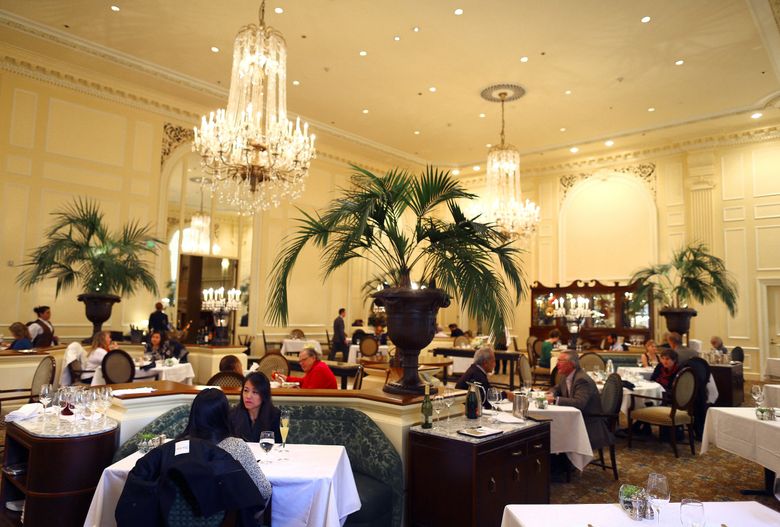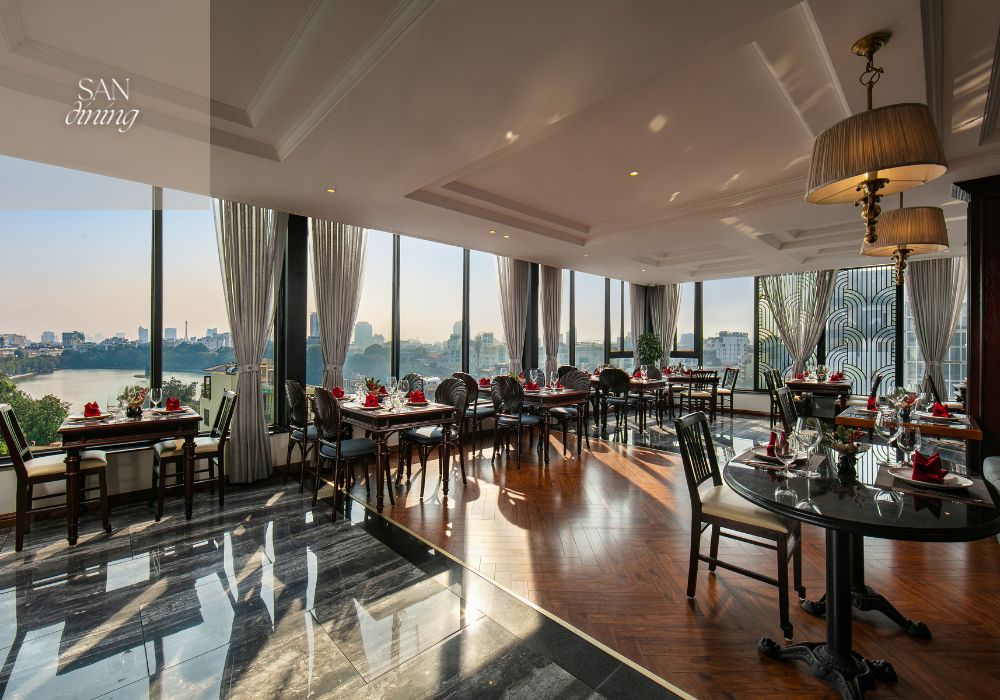Savor Genuine Oriental Cuisine With a Pan-Asian Spin for a Culinary Experience
Starting a culinary trip through genuine Asian cuisine, boosted with a Pan-Asian spin, provides an unique chance to explore the rich tapestry of tastes that specify the region's diverse cooking customs. This experience invites you to appreciate the beautiful balance of tastes-- wonderful, salted, spicy, and sour-- harmonized by fragrant herbs and spices. Visualize the cutting-edge blend of Thai curry and ramen or the unexpected pleasure of sushi burritos. As you contemplate these luring recipes, consider the cultural narratives and historical influences that shape them, each bite using a story waiting to be uncovered.

Discovering Pan-Asian Flavors
In the world of worldwide gastronomy, Pan-Asian cuisine stands out for its amazing variety and the unified interaction of tastes from different Asian societies. This culinary strategy commemorates the unique ingredients and rich traditions located throughout the continent, creating a tapestry of tastes that is both rewarding and fascinating. Trick to Pan-Asian food is its capacity to balance contrasting tastes-- sweet, salty, spicy, and sour-- while highlighting the freshness and high quality of each component.
From the umami-rich soy sauce of Japan to the intense chili peppers of Thailand, Pan-Asian food offers a considerable palette of flavors. These elements are frequently incorporated in inventive ways, improving meals with layers of intricacy. For circumstances, using great smelling herbs such as lemongrass and cilantro, common in Vietnamese and Thai food, includes a revitalizing illumination to dishes, while the incorporation of coconut milk provides a velvety, rich structure.
The emphasis on fresh produce and aromatic spices guarantees that each dish is not only a feast for the taste however likewise for the senses. Pan-Asian cuisine invites restaurants to get started on a cooking trip, discovering the substantial and differed landscapes of Eastern gastronomy with every bite.
Fusion Dishes to Attempt
While Pan-Asian cuisine is commemorated for its standard flavors, the modern-day cooking landscape is progressively accepting blend recipes that mix these classic components with influences from other areas. This cutting-edge strategy not only honors the rich heritage of Asian cookeries yet additionally presents unique taste experiences that interest modern tastes.
An archetype of such a blend recipe is the Korean-Mexican taco, where marinated bulgogi beef is covered in a cozy tortilla, topped with kimchi and a zesty gochujang-infused salsa. This combination weds the bold, tasty flavors of Korea with the lively, fresh elements of Mexican food. In a similar way, sushi burritos have acquired popularity, integrating the fragile creativity of Japanese sushi with the passionate, hand-held ease of a burrito, often featuring blend ingredients like tempura shrimp and avocado with a drizzle of wasabi mayo.
An additional significant meal is Thai curry ramen, which instills the velvety, aromatic seasonings of Thai curry into the reassuring brew of typical Japanese ramen, developing a harmonious blend that entices the senses. These blend meals extend beyond mere uniqueness; they stand for a cooking dialogue in between societies, urging expedition and development on the planet of Pan-Asian cuisine.
Necessary Active Ingredients and Flavors
To truly appreciate Pan-Asian cuisine, one should understand the vital active ingredients and flavors that develop its foundation. This varied culinary design draws from an abundant tapestry of Eastern practices, using a harmonious blend of flavors and textures.
Aromatic components are pivotal, with ginger, garlic, and lemongrass being ubiquitous throughout different Pan-Asian recipes. These components offer an aromatic base that boosts the intricacy of flavors. Seasonings such as star anise, cardamom, and cinnamon present warmth and personality, resembling impacts from regions like China and India.

Food Preparation Methods and Tips
Mastering the art of Pan-Asian food needs familiarity with its distinctive cooking methods, each adding to the lively tapestry of tastes this culinary custom is commemorated for. Central to these approaches is the stir-fry, a fast cooking strategy that preserves the dietary integrity and brilliant shades of components. Using a frying pan, the stir-fry technique enables even heat distribution, necessary for accomplishing the particular structure and flavor equilibrium of Pan-Asian meals.
An additional basic technique is steaming, particularly prevalent in Chinese cuisine. This gentle approach keeps the all-natural flavors and nutrients of active ingredients, making it suitable for fish and shellfish and vegetables. Dumplings, a cherished staple, typically benefit from steaming, leading to soft, succulent textures.
Grilling, additionally integral, gives great smoky depths to dishes such as Oriental bulgogi or Japanese yakitori (asian fusion restaurant). This method often includes marinading components, permitting flavors to pass through deeply prior to food preparation over an open fire or warmer
Finally, understanding the art of stabilizing tastes-- pleasant, sour, salted, bitter, and umami-- is essential. Effectively layering these aspects can boost a recipe from ordinary to amazing, providing a complex and pleasing cooking experience that symbolizes the essence of Pan-Asian food.
Eating Experiences Worldwide
Throughout the globe, Pan-Asian cuisine offers an unmatched dining experience, commemorated for its abundant tapestry of tastes and dynamic discussions. This culinary phenomenon has gone beyond social limits, catching the hearts and palates of food fanatics worldwide. In worldwide cities like New York, London, and Sydney, Pan-Asian dining establishments function as fusions where culinary practices from Thailand, Japan, China, and past assemble, giving restaurants with a diverse mix of meals that highlight the region's diversity.
The global charm of Pan-Asian food depends on its ability to provide both authenticity and advancement. Chefs masterfully wed standard components such as lemongrass, soy sauce, and miso with modern strategies, causing meals that are both refreshingly new and acquainted. This fusion permits diners to start a cooking trip that respects heritage while embracing modernity.
Furthermore, eating experiences web are boosted through thoughtfully created settings that show the values of Pan-Asian looks. From minimalist Japanese-inspired interiors to vivid Thai-themed areas, each dining establishment offers an unique setting that complements the cooking offerings. As a result, clients are not merely eating a dish yet partaking in a social experience, making Pan-Asian eating a really international phenomenon.
Verdict
The exploration of Pan-Asian food uses an extensive understanding of the complex interplay of tastes and culinary traditions throughout Asia. By welcoming blend meals such as Thai curry ramen and sushi burritos, the cooking journey not just highlights the versatility of traditional active ingredients yet likewise showcases innovative modern techniques. This gastronomic adventure, enriched by cooking techniques and crucial flavors, offers an unique chance to appreciate the social variety and culinary artistry that specify Pan-Asian food on a global range.
Embarking on a cooking journey via Web Site authentic Asian cuisine, enhanced with a Pan-Asian spin, supplies a special chance to explore the abundant tapestry of tastes that define the area's diverse culinary customs.In the world of worldwide gastronomy, Pan-Asian cuisine stands out for its remarkable variety and the harmonious interplay of flavors from various Oriental societies. Trick to Pan-Asian food is its capacity to stabilize contrasting flavors-- pleasant, salted, spicy, and sour-- while highlighting the quality and high quality of each ingredient.
